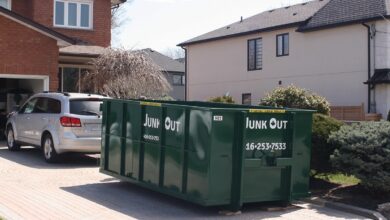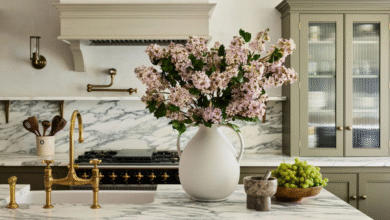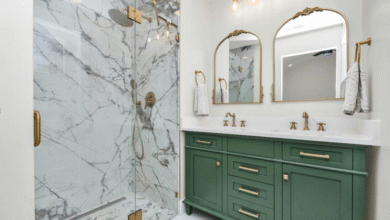The Role of Vacuum Insulating Glass in Sustainable Building Renovations

Renovations of sustainable buildings have been the top priority as the globe turns more towards environmental responsibility. Integration of energy-efficient materials and technologies is essential for reaching these targets. Vacuum insulating glass (VIG) permits major energy savings and improved comfort without causing the great disturbance of full-scale replacements by providing outstanding thermal performance and a thin profile. The important part that vacuum insulating glass plays in promoting sustainability in building renovation projects is discussed in this article.
Maximizing Energy Efficiency and Minimizing Carbon Footprint
Vacuum insulating glass’s remarkable capacity to reduce heat transmission is what mostly helps it contribute to sustainable building upgrades. Compared to traditional glazing, the near-vacuum gap between the glass panes greatly lowers heat conductivity and convection, hence lowering U-values.
Reduced energy usage for heating and cooling immediately results from this, which saves building owners a lot of money and significantly lowers the carbon footprint of the construction. Restoration Glass is essential in reducing climate change and advancing energy independence within the built environment by enabling less energy to sustain pleasant interior temperatures.
See also: Benefits of Renting Dumpsters for Home Improvement Projects
Helping to Preserve Current Building Materials
Reuse and upgrading of existing buildings come first in sustainable renovation as compared to destruction and new building. Vacuum insulating glass exactly matches this approach because of its thin profile, which usually allows for smooth retrofitting into current window and façade systems.
This reduces building waste by removing the need to replace whole window frames or curtain wall parts, therefore saving the embodied energy of the original materials. Vig presents a resource-efficient and ecologically friendly way of renovating by allowing high-performance improvements within the current building fabric.
Improving Occupant Well-Being and Comfort
Vacuum insulating glass greatly enhances building inhabitants’ comfort and well-being beyond just energy savings. The better thermal insulation helps to keep the inside temperature constant and removes cold breezes close to windows, therefore fostering a more pleasant and healthier environment.
VIG’s great sound-insulating qualities help to create a calmer interior, therefore lowering noise pollution from outside sources. In line with the overall objectives of sustainable design, this more comfort may result in more comfort in offices and better quality of living in homes.
Establish green building certifications and standards
Achieving green building certifications like Leadership in Energy and Environmental Design (LEED) and other regional sustainability criteria may be greatly aided by the incorporation of high-performance materials such as vacuum insulating glass.
VIG’s improved occupant comfort, material reuse possibilities, and energy efficiency help to score vital points in various rating systems, therefore proving a dedication to sustainable construction techniques.
Including VIG in restoration projects would help property owners and developers improve the environmental credentials of their buildings and attract tenants or purchasers who share their values.
Market Transformation and Innovation in Building Materials
Growing use of vacuum insulating glass in environmentally friendly building renovations is inspiring creativity and the industrial revolution in the building materials sector.
Manufacturers are funding research and development as demand for high-performance glazing solutions rises to improve VIG’s affordability and performance even further. This positive feedback loop promotes the more general availability and deployment of this sustainable technology, therefore opening the path for more environmentally friendly and energy-efficient building methods throughout the construction industry.
VIG’s achievement in restorations provides a striking illustration of how creatively chosen materials could help to create a more sustainable built environment.
Restoration Glass with vig will surely remain a pillar of smart and efficient building remodeling plans as the emphasis on environmental responsibility is more and more important.




